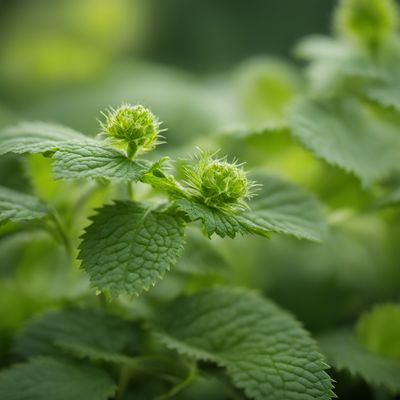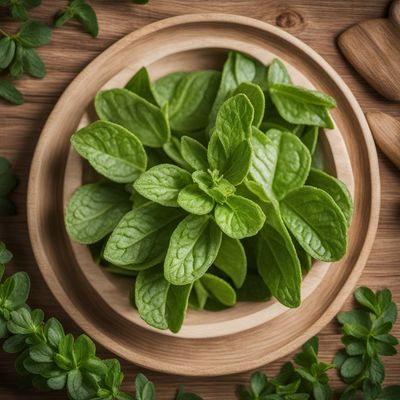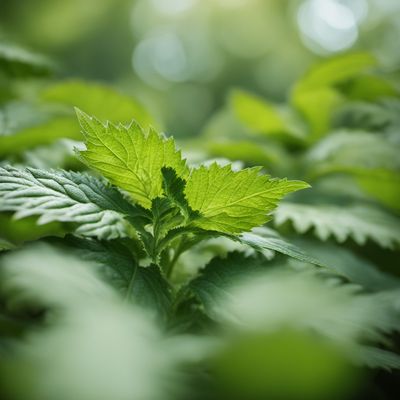
Ingredient
Hyssop
Hyssop: Unveiling the Herbal Elixir of Ancient Times
Hyssop is a perennial herb with slender, woody stems and small, lance-shaped leaves. It has a strong aroma reminiscent of mint and a slightly bitter taste. The leaves are often used fresh or dried, adding a unique flavor and fragrance to dishes.
Origins and history
Hyssop has been used for centuries in various cultures for its medicinal properties. It was mentioned in ancient texts, including the Bible, where it was used for purification rituals. Hyssop has also been used in traditional medicine to treat respiratory ailments and digestive issues.
Nutritional information
Hyssop is a good source of antioxidants and essential oils, which contribute to its medicinal properties. It also contains vitamins A and C, as well as minerals like calcium and iron.
Allergens
Hyssop may cause allergic reactions in individuals who are sensitive to plants in the mint family, such as basil or oregano.
How to select
When selecting hyssop, look for fresh leaves that are vibrant in color and free from wilting or discoloration. The leaves should have a strong aroma, indicating their freshness and potency.
Storage recommendations
To prolong the freshness of hyssop, store it in a plastic bag or airtight container in the refrigerator. Alternatively, you can dry the leaves by hanging them upside down in a cool, dry place away from direct sunlight.
How to produce
Hyssop can be easily grown in herb gardens or containers, requiring well-drained soil and ample sunlight. It can be propagated from seeds or cuttings and thrives in temperate climates.
Preparation tips
Hyssop leaves can be used in a variety of culinary preparations, including teas, soups, stews, and salads. They can also be infused into oils or vinegars to add a unique flavor to dressings or marinades.
Culinary uses
Hyssop is commonly used in Mediterranean and Middle Eastern cuisines, where it adds a distinctive flavor to dishes like lamb, roasted vegetables, and herbal teas. It is also used in traditional liqueurs and spirits, such as Chartreuse.
Availability
Hyssop is cultivated in various regions around the world, including Europe, Asia, and North America. It is commonly found in herb gardens, specialty grocery stores, and farmers markets.
More ingredients from this category

Tarragon
The Herb of Elegance

Lemongrass
The Zesty Herb

Epazote
The Magical Herb: Unveiling the Secrets of Epazote

Russian tarragon
The Herbaceous Elegance

Common nettle
The Nutritional Powerhouse

Aztec sweet herb
The Sweet Secret of the Aztecs

Stevia
The Sweet Secret of Stevia

Mexican oregano
The Flavorful Herb

Other urtica species
The Hidden Gems of Urtica: Exploring Lesser-Known Species